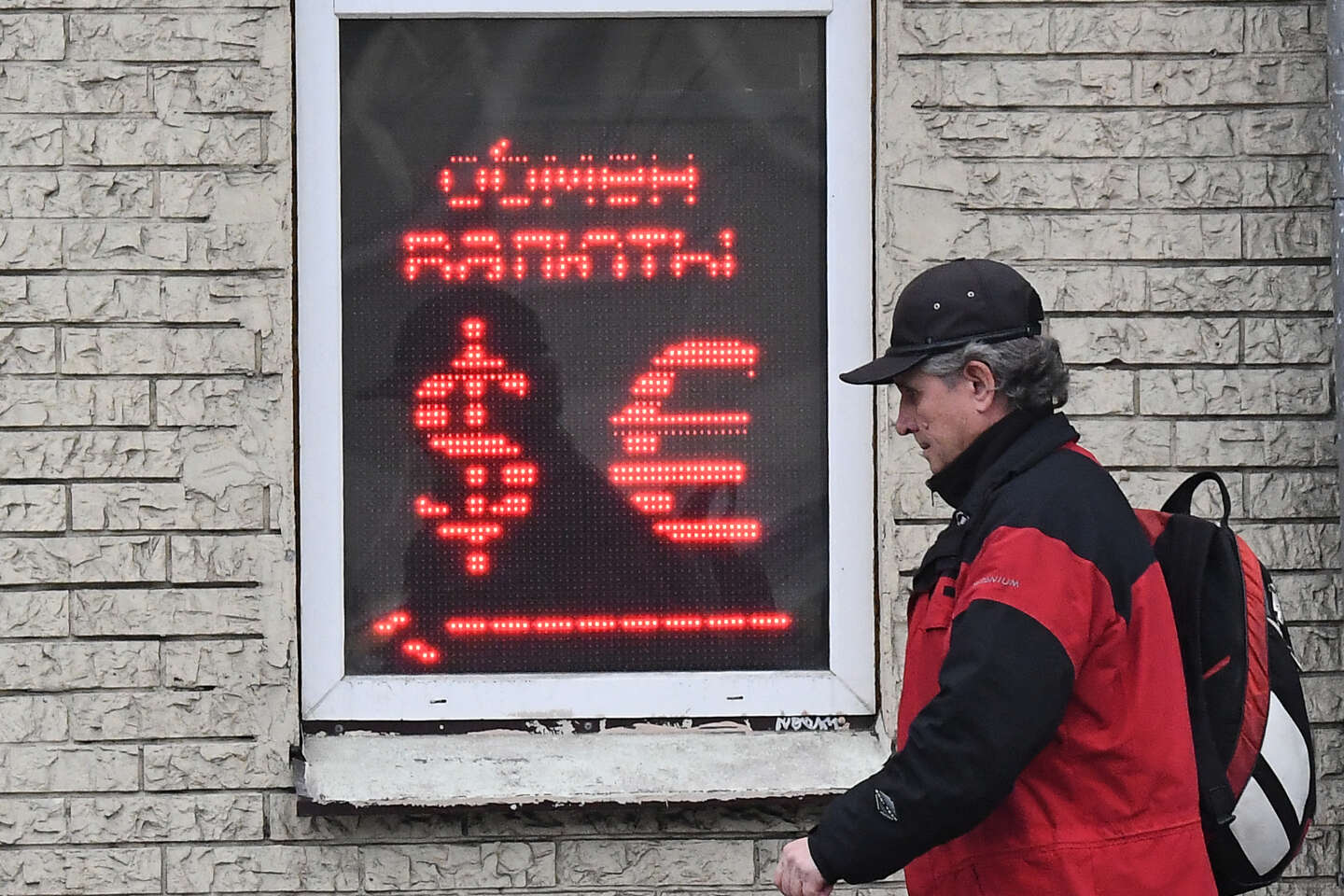
Faced with the risks of recession which seem to be becoming clearer in Europe, faced with a new surge in gas and electricity prices, the euro fell on Tuesday July 5 to its lowest level in twenty years against the dollar, the single currency being worth only 1.03 dollars. Parity is close. And economic activity has indeed slowed sharply in June in the euro area, reaching its lowest level for sixteen months, according to economic indicators.
The United States appears more reassuring than ever in the eyes of investors, faced with a Europe in the midst of a geopolitical crisis and a China still under the aegis of the zero Covid policy. And all the more so as the Federal Reserve tightened its monetary policy much earlier and much more strongly than the European Central Bank. “What we are witnessing is rather an appreciation of the dollar against all the other currencies than a depreciation of the euronuance Julien Marcilly, chief economist at Global Sovereign Advisory. Faced with a basket of currencies, the European currency hardly moves compared to its 2017 level.
” High speed “
Nevertheless, the deterioration of the euro-dollar parity has a major effect on European economies. In a context of high inflation, it further fuels the rise in prices, through imports paid for in dollars. According to Allianz Group economic research, “the 7% depreciation of the euro since the start of the year could result in an additional 0.8 point of inflation after one year”.
Moreover, adds Philippe Waechter, economist at Ostrum Asset Management, “the energy balance is deteriorating at high speed”. “The depreciation of the euro since the start of 2022 has been mainly against the dollar, which is an important currency in our imports”underlined the experts of the Banque de France, presenting the balance of payments balance sheet on June 27, “because invoicing in dollars represents approximately 60% of our imports from outside the European Union”mainly oil, gas and raw materials.
The oil bill has increased by 8% since the 1is January, due to the fall in the euro, as well as imports of other raw materials denominated in foreign currencies
Taking the euro-dollar parity at the start of the year as a reference, the impact of changes in the exchange rate on the price of a barrel of oil is around 8% at the end of June, estimates Philippe Waechter. In other words, the oil bill has increased by 8% since the 1is January, due to the fall in the euro, as well as imports of other raw materials denominated in foreign currencies.
You have 41.55% of this article left to read. The following is for subscribers only.



